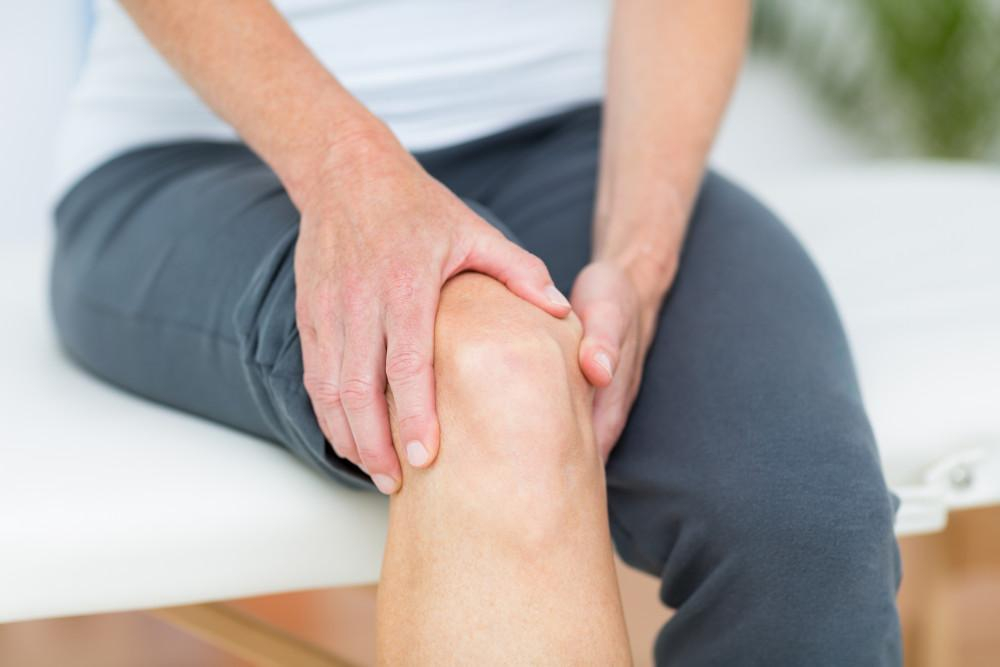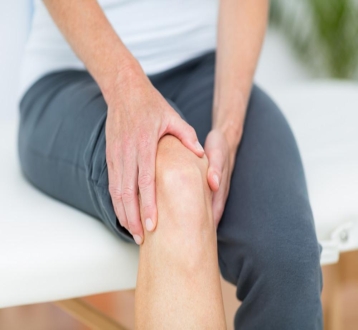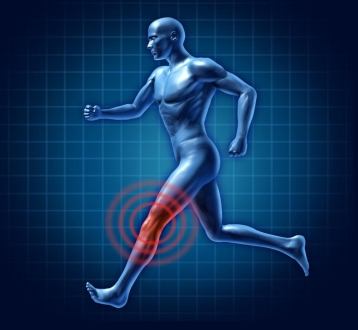
Your knees are not only the largest joints in your body, they’re arguably some of the most active. Every time you jump, stop, start, or pivot, your knees are hard at work, which also means they’re more prone to injury.
As an orthopedic surgeon, Dr. Otis Drew understands better than most the complexities of this important joint and works with his patients in Lafayette, Louisiana to prevent injuries of all kinds, including an injury to your anterior cruciate ligament, or ACL.
If you’d rather spend your time in the game than watching from the sidelines, here are a few tips to prevent ACL injury.
ACL 101
Before we get started on prevention techniques, let’s take a closer look at the role your anterior cruciate ligament plays in your knee. Your ACL runs diagonally in the middle of your knee, keeping your tibia and femur in place. This ligament is chiefly responsible for the back-and-forth motion of your knee, and it also provides stability in rotational movements.
Most ACL injuries are strains or tears to this ligament, and women outpace men by as much as 8 to 1 when it comes to these injuries. While many ACL injuries are a result of a collision, 70% aren’t, so it’s this number that we want to address since it’s hard to control collisions.
1. Make it stronger
Far and away, the best thing you can do to prevent an injury to your ACL is to strengthen the muscles around your knees. Many ACL injuries occur when your knee gives out and your muscles aren’t able to pick up the slack. By working on your quads in the front and, more importantly, your hamstrings behind your knee and thigh, you can provide crucial support to these hard-working ligaments.
In fact, we’re going to emphasize your hamstrings a bit more here. When it comes to the function of your knees, these muscles are often overlooked, at your peril. Hamstrings provide critical support to your knees, so spend some extra time shoring them up.
2. Find balance
We all favor a side, calling it left-handed or right-handed, but your knees are also stronger on one side than the other. Figure out which is your weaker side and do a few more reps to help it keep up with the dominant knee.
As the name implies, your dominant side often takes over and forces your weaker side into precarious situations. By strengthening your weak side, you enjoy more balance and fewer situations that strain your ACLs.
3. Stretch it out
Enough can’t be said about the importance of stretching. All of your soft tissue can benefit from being supple and fluid, and your ligaments are no different. Be sure to incorporate a good stretching routine into your daily practice and warm up thoroughly before you hit the field or the court. Don’t push your stretching, just make it a nice, gentle release of tension.
4. Listen up
Your body is always trying to let you know when something isn’t right, but it’s hard to hear it above the roar of the playing field. If you’re tired and your body is starting to object, pay close attention and heed the call. Countless injuries take place when an athlete should have called it quits earlier.
5. Drink up
For many reasons, water should be an important part of your game plan. It’s hard to find somewhere in your body that doesn’t benefit from sufficient hydration, and your ligaments are no different. As well, when you’re dehydrated, your soft tissue stiffens and you begin to lack energy and focus — the perfect recipe for injury.
Even with these prevention techniques, ACL injuries can, and do, occur. Should you strain or tear your ACL, rest assured that we can help. Our goal is to get you back in the game as quickly, and safely, as possible.
To learn more about ACL injuries, call or use the online scheduling tool on this website to schedule an appointment.










